I'm starting to learn about data warehouses and have run across a scenario I can't wrap my head around. I was attempting to sketch out a data warehouse that would track monthly sales for different stores. If the source OLTP database for stores has a many-to-many relationship between store's attributes and store, how would I represent the store dimension in the data warehouse?
Dimension's Source OLTP Database:
Data Warehouse ERD - How would the many-to-many attribute relationhip be represented:

